Upgrade the cab heater blower on your series III - pictures
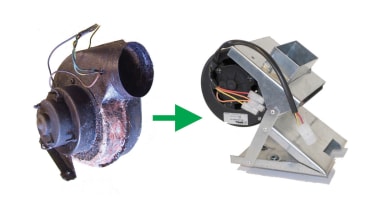

<span>With the splashguard off, this is the original set-up. The additional silver gaffer tape around the split foam seal, keeping it together.</span>
- Skip advertAdvertisement - Gallery continues below
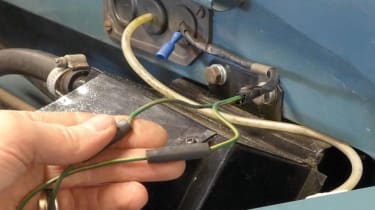
<span>Disconnect the battery earth, the two blower wires (green and green/yellow) from the bulkhead grommet, and the blower’s earth lead.</span>
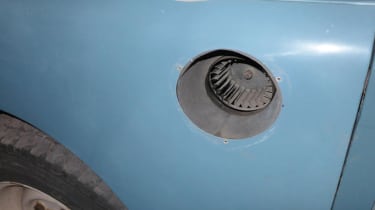
<span>Remove the wing vent grille and persuade the foam seal out from inside the wing. If you pull it through the hole, it will probably split.</span>
- Skip advertAdvertisement - Gallery continues below
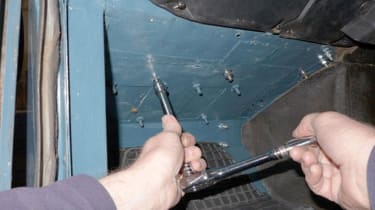
<span>With a helper holding the blower, release the four blower mounting bolts inside the passenger footwell, leaving both support brackets intact.</span>
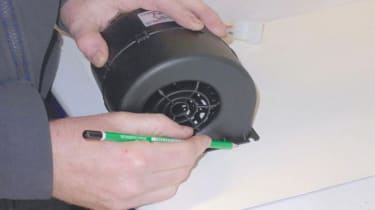
<span>Using cereal box card for template, trace around the new blower’s outlet flange, including the six screw slots. Allow plenty of card space around your outline.</span>
- Skip advertAdvertisement - Gallery continues below

<span>Measure and mark the location of the outlet hole, and transfer that to your template and cut out the aperture using a ruler and sharp knife.</span>
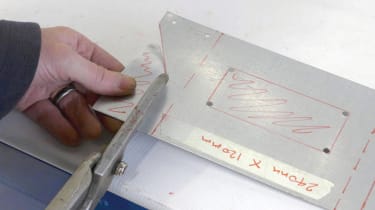
<span>Copy the template to sheet metal 240 x 120 mm. Drill holes in each corner of aperture, and drill the mounting holes. Cut profile with metal shears.</span>
- Skip advertAdvertisement - Gallery continues below
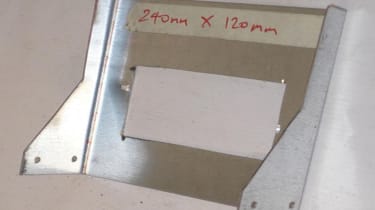
<span>Fold the shaped side supports using a vice, metal folder or your method of choice. Neat folds will help when adding the second part of the bracket.</span>

<span>Now align the blower outlet to the aperture and mark the six mounting holes. Drill the holes 1 mm larger than the blower holes for ease of fitting</span>
- Skip advertAdvertisement - Gallery continues below
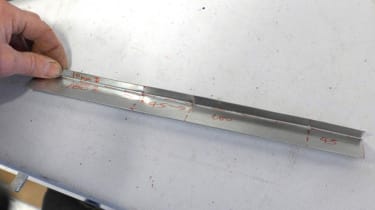
<span>Make outlet flange from steel sheet 290 x 40 mm. Fold 90 degrees to produce 10 mm flange. Mark lengths of four sides onto broad flange.</span>
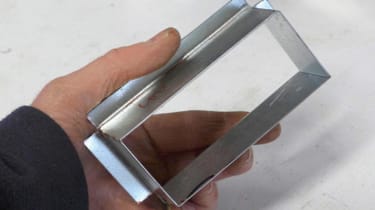
<span>When cut and folded, the flange internal measurements should match the blower outlet aperture for smooth airflow and a tight seal.</span>
- Skip advertAdvertisement - Gallery continues below
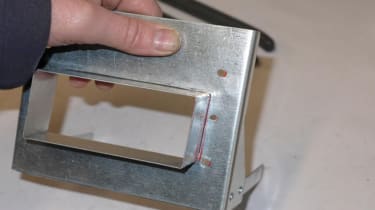
<span>Fit the outlet flange to the blower bracket. Some filing might be necessary, but keep the fit tight. Re-drill the blower mounting holes if necessary.</span>

<span>This output flange sleeve makes it easy to disconnect the duct from the outlet, giving a tight seal. It’s made in the same way, from 290 x 40 mm steel.</span>
- Skip advertAdvertisement - Gallery continues below

<span>The base for the blower must align the blower inlet centrally with the wing vent hole. Allow for adjustment here, creating slots instead of holes if needed.</span>
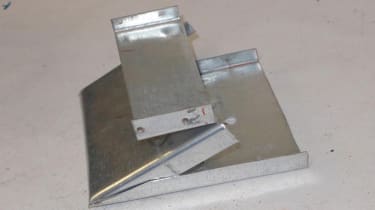
<span>A ‘Z’ bracket (300 x 170 mm steel) bolted to the original bulkhead holes, supports the mounting bracket and allows height adjustment.</span>
- Skip advertAdvertisement - Gallery continues below
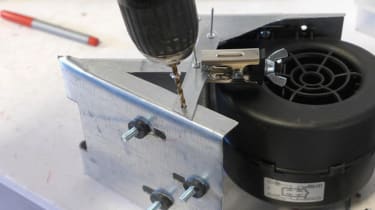
<span>Steel straps are added after alignment. 5 mm rubber anti-vibration washers raise the base off the bulkhead, clear of water and debris.</span>
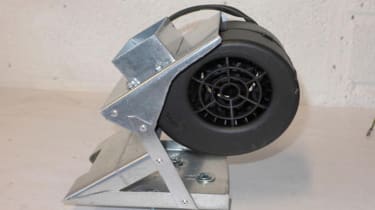
<span>The finished assembly. I used galvo steel for longevity. Paint it black for a totally inconspicuous finish, although it’s difficult to see at a glance.</span>
- Skip advertAdvertisement - Gallery continues below
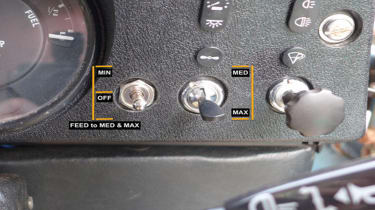
<span>The SPAL can be run as a simple two-speed replacement or as a three speed blower. Three speeds require an additional switch and feed wire from the blower.</span>
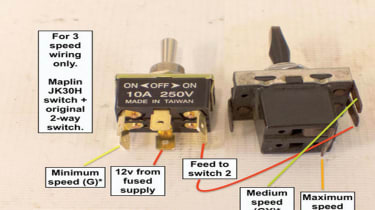
<span>Two-speeds: Wiring in the blower for two speeds requires only the connection of the bulkhead wires to the blower. Ignore the blower yellow (minimum speed) wire by cutting and isolating it. Connect the red blower wire to the green
- Skip advertAdvertisement - Gallery continues below

<span>I changed the new blower’s connector block for a waterproof Superseal connector. Otherwise, ensure the terminals cannot touch when live.</span>
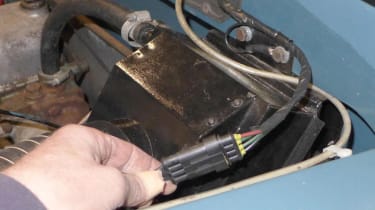
<span>With connector fitted, the earth point was made accessible on the bulkhead. Extra speed wire (red) is wrapped to existing wiring.</span>
- Skip advertAdvertisement - Gallery continues below
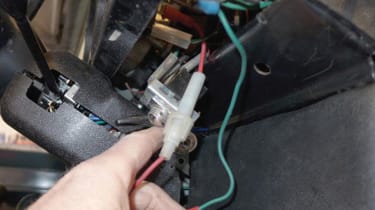
I fitted an inline 5 amp fuse between the main feed and switch. The SPAL draws 5.3 amps max so overloading is unlikely. Now test your connections.

<span>I used 82 mm neoprene duct from Revotec and two 115 mm adhesive joining sleeves. Heat sleeves with hot air gun, one at a time…</span>
- Skip advertAdvertisement - Gallery continues below
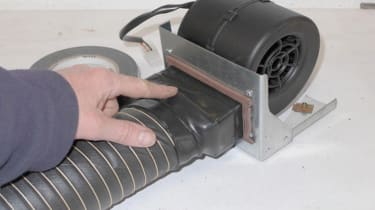
<span>… to form a round-to-rectangular joint like this. The brown draught insulation seal between duct and mounting frame eliminates air leaks.</span>
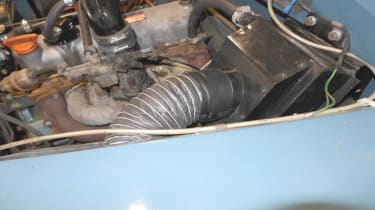
<span style="font-size: 0.8125em;">Cut ducting to fit behind the wheel arch splashguard. Wrap aluminium foil around matrix pipe to allow removal of ducting and then shrink joining sleeve.</span>
- Skip advertAdvertisement - Gallery continues below
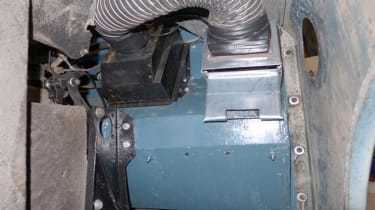
<span>Looking up inside the wheel arch. Fit to bulkhead, with blower inlet central to wing hole. Double-check the fit after tightening everything.</span>
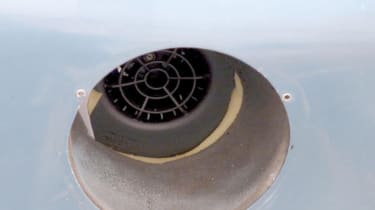
<span>Refit the seal, using additional foam if necessary. Glue the foams together to stop the blower sucking fragments in, or create a one-piece seal.</span>
- Skip advertAdvertisement - Gallery continues below

<span>Use a 100 mm length of 82 mm Revotec duct for the blower inlet. It compresses tightly when you refit the vent grille. Job done!</span>
Recommended

New Land Rover Defender Sport: electric Freelander successor has the BMW iX3 in its crosshairs

Best 7-seater cars to buy 2025

Top 10 best 8-seater cars to buy

Land Rover Defender Churchill Edition is a tribute to Britain’s wartime PM
Most Popular

Who needs hybrids? Diesel Skoda breaks world record with 1,759 miles on one tank

New Jaguar GT shows off more of its controversial and crucial design

Car Deal of the Day: Jaecoo E5 EV brings premium SUV attitude for a compact £243 a month